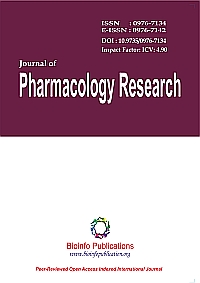
“Indole-based compounds, such as the alkyl-indole (AI) compound WIN55212-2, activate the cannabinoid receptors, CB1 and CB2, two well-characterized G protein-coupled receptors (GPCR). Reports indicate that several indole-based cannabinoid agonists, including WIN55212-2, lack selectivity and interact with at least two additional targets: AI-sensitive GPCRs and microtubules. Studying how indole-based compounds modulate the activity of these 4 targets has been difficult as selective chemical tools were not available. Here we report the pharmacological characterization of six newly-developed indole-based compounds (ST-11, ST-23, ST-25, ST-29, ST-47 and ST-48) that exhibit distinct binding affinities at AI-sensitive receptors, cannabinoid CB1 and CB2 receptors and the colchicine site of tubulin. Several compounds exhibit some level of selectivity for AI-sensitive receptors, including ST-11 that binds AI-sensitive receptors with a Kd of 52nM and appears to have a weaker affinity for the colchicine site of tubulin (Kd=3.2μM) and does not bind CB1/CB2 receptors. Leveraging these characteristics, we show that activation of AI-sensitive receptors with ST-11 inhibits both the basal and stimulated migration of the Delayed Brain Tumor (DBT) mouse glioma cell line. Our study describes a new series of indole-based compounds that enable the pharmacological and functional differentiation of alkylindole-sensitive receptors from cannabinoidreceptors and microtubules.”
